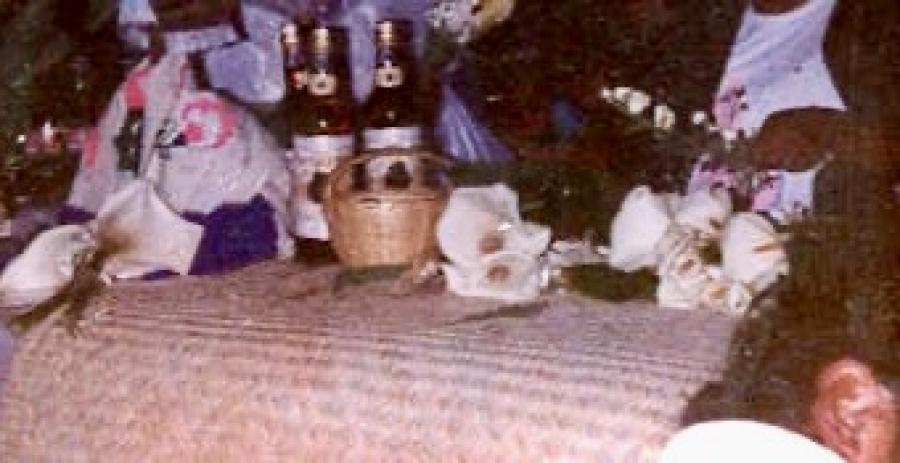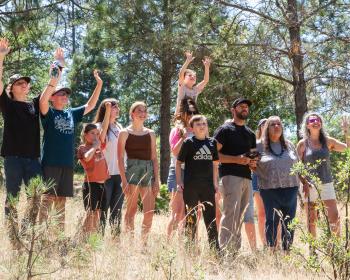
By Chantelle Bacigalupo
It is no secret that communities of color face a disproportionate burden of environmental hazards, and tribal communities are no exception. Marathon for Justice is a documentary by EmpathyWorks Films that tells the story of marginalized communities in Philadelphia, the Navajo Nation, and the Black Hills emphasizing the environmental injustices that these groups struggle against and fight with daily.
Marathon for Justice trailer from EmpathyWorks Films on Vimeo.
The film presents these injustices by breaking them up into the sacred elements of air, water, and land. Beginning with white capital letters that read “AIR”, protesters in Philadelphia, PA are seen on the streets holding sunflowers and raising their voices against gas and oil industries that are polluting their community - specifically Philadelphia Energy Solutions (PES). “Sunflowers are known for having certain detoxification in their roots, so this is symbolic of our roots of resistance. We are against oil and refinery expansion and fossil fuels polluting the area in Philadelphia,” said one protester through the megaphone.
Residents who have been impacted by the pollution in the area share their stories of asthma, trouble breathing around refineries, and the death of loved ones. Dr. Robert Bullard from the School of Public Affairs at Texas Southern University provides some statistics on those impacted by pollution and at one point in the film he states that people of color breathe 38 percent more dirty air than white people, but that it is difficult to prove which chemicals in the air or specific facilities are causing diseases. “We should be taking precaution and not just overloading and saturating these communities with toxic chemicals and releases. That’s common sense,” Dr. Bullard said.
The film transitions to the water segment where we see how excessive uranium mining in the Navajo Nation has been one major contributing factor as to why 40 percent of the Navajo are without access to clean drinking water. The film uncovers that the water being pumped by windmills on the Eastern Navajo Nation has been proven by the Environmental Protection Agency to be contaminated, but that this water is being used for livestock and some residents still drink it. We learn in the film about St. Bonaventure Indian Mission, an organization that delivers water directly to the homes of residents who lack mobility. The film follows Darlene Arviso, the woman in charge of water delivery, as she she delivers water to one of many households with no running water or electricity on the Navajo reservation.
Just adjacent to the Navajo Nation is the affluent community of Santa Fe, New Mexico with a uranium reserve of its own that has never been touched. Instead, as Eric Jantz from the New Mexico Environmental Law Center explains, the uranium mining companies go to Native areas like Laguna Pueblo, Zuni Pueblo, Navajo Nation, and largely Latino communities like San Mateo.
Such examples of ‘environmental racism’, as defined in the film, have been occurring for centuries. The film then transitions into the ‘Land’ portion, and goes back in time taking the audience to the Black Hills. Historical news clips from the time Mt. Rushmore was first built are juxtaposed alongside present day clips from Democracy Now discussing the supreme court acknowledging that the Black Hills were stolen from Lakota people, and that the $1 billion dollars of compensation continues to sit held in trust by the U.S. Department of the Interior. This account placed side by side in the film with the current events at the Dakota Access Pipeline highlights the lack of progress that has been made.
The fight for environmental justice is seen under a number of different titles, but the film accentuates the deep connection between these different activist movements - against water pollution, air pollution, pipelines, and more. Standing together against extractive industries and discrimination is the path to change for low-income and Indigenous communities. And more importantly, as Dr. Bullard expresses in the film, “the most impacted need to be at the table so that they can speak for themselves.”



